Luxury brands have always been a subject of fascination and intrigue for us, and their marketing has been just as complicated as it can be. Consider this article as an attempt to showcase all the integral elements that come into play in luxury marketing.
Yet, one must acknowledge the fact that the level of significance of these elements is dependent on brands and markets and varies accordingly.
Click to Reach out to a Top Digital Marketing Consultant in Canada
Here are the 8 P’s of Luxury Marketing
1. PEDIGREE
When a consumer buys a Chanel or say a Cartier product, it’s not necessary that he bought it solely for the product performance. In fact, it’s highly likely that he bought it under the influence of the brand’s rich heritage, history, and expertise.
So having a rich pedigree and remarkable history form an integral part of a luxury brand’s nimbus. Naturally, this nimbus is built around the legacy of the brand founder character of the past days, making an innate part of the brand persona.
2. PAUCITY
To not come off as a cheaply available brand or dilute their luxury image, luxury brands tend to show that their supply of products is scarce. Hence, distribution and over-disclosure of their products are usually avoided. An example is Burberry, which diluted its image due to over-licensing its brand and thus breaking the image of being a brand only for the elites and the luxurious.
Following a nearly unsuccessful attempt of Gucci in the 70s and 80s to over-license its brand, it’s now generally available in the brand-owned shops.
In a wider sense, paucity includes natural paucity, technology-led paucity, and tactical-driven paucity. Natural paucity is incited by using scarcely available goods like platinum, diamonds, or the goods that require exceptional human expertise like handcrafting that is limited only to a certain number of artisans.
Tactical-driven paucity is generally promotional, like invoking false demand and desire by introducing a limited edition series or special series. For example, on the demand of Prince Al-Waleed bin Talal of Saudi Arabia, Garson USA made a diamond-studded Mercedes SL600 in 2007.

3. PERFORMANCE
The delivery of a cavalier experience given by the brand is called its performance. It has two levels – product level and experiential level. On the product level, the brand must satisfy the functional and utilitarian characteristics and deliver on its physical attributes as well – a unique recipe of design and quality such as precision, materials, craftsmanship, superior quality, originality of design, technology, and innovation.
The brand must also perform on the emotional value of it that the consumers are fond of and buy into, this is the experiential level. The brand products mustn’t be limited to what they are and extend to what they represent.
For example, Tiffany & Co. is associated with love and beauty; Rolex, on the other hand, is a symbol of boldness and achievement.
4. PLACEMENT
Amplifying the brand ambiance, enhancing the consumer’s overall brand experience is key in the retail brand environment in luxury marketing. Hence, the brand environment and the movement of truth is where the engagement of all the senses of the audiences’ preferences must take place.
From making the choice of the location of a store, and the chain of touchpoints that allure the customers, to the salesperson’s interaction and presentation of products to the consumer, the audience preferences must be kept in mind. The touchpoints should be impactful and engage the customers in a unique way.
With time, the expectations of luxury customers have also changed. They want something beyond the typically sophisticated branding, elegant presentations, or exclusive invites and free previews.
With the emergence of new brands that perceive to be prestigious but are affordable and the regularisation of luxury brands, luxury consumers have become more dainty and elitist.
To maintain their lifestyle and standards, these consumers are looking for reliable and trusted collaboration and professional assistance. This has not only led to new business offerings but also led the luxury brands to empower and equip their sales staff to meet the desired expectations of these consumers.
A critical point to note here is that the placement factor is not just limited to the physical retailing environment, but extends to all the touchpoints that the brand associates itself with. This point arises from the most exclusive niche media where it advertises art, events, sports, and conversations it identifies itself with.
An example is Rolex which associates itself with over 150 sports events in golf, tennis, motor-sport, sailing, and equestrian tournaments rather than with the mainstream sports like football or cricket which are more popular.
5. PUBLIC RELATIONS
To expand and widen the appropriate public image and influence public opinion, public relations must be considered an integral element of luxury branding. To convey supportive messages and share information about the product attributes that cannot be openly revealed in advertising, PRs are employed. But by no means can we say that a brand’s personality, nimbus, and emotional factors that people connect to, are less important things.
Whatever the approach may be out of the P’s mentioned above, all these attributes need to be taken care of. In fashion, technology, and seasonal-trends driven categories, the approach used also acts as a sophisticated branding machine to maintain relevance with the luxury consumers.
Whereas, on a tactical level, PRs are expected to create buzz and publicize the latest brand updates, consider the perspectives of influencers and inspirers including designer speak and celebrity talk, and bring together the crucial support required to conduct fashion weeks, sports events, and themed previews.
Best SEO Consulting Services in Toronto, Canada
6. PUBLIC FIGURES
Public figures or celebrities have traditionally been an essential element of marketing game plan in luxury brand advertising, and they continue to capture attention, impact, and credibility. Public figures can include anyone from film stars, music, and sports personalities to people from royal lineage, businessmen, and/or designers. But this strategy, of late, is widely exploited since many brands apart from the luxury industry endorse celebrities.
It makes it important that the public figures’ values and views must align with the brand ambiance and values. It makes a huge difference in how the crafted celebrity role is executed and strategically used.
Beyond this traditional approach of advertising – print in selected media – less over-the-top tools of advertisement are used such as dressing celebrities for their walk down the red carpet, product advertising through placement in popular shows and movies, and invites to exclusive events.
This strategy removes the facade of “selling” while still promoting the products subtly yet effectively by showing them as a part of the lifestyle of these celebs. This leaves a positive impact on consumers’ attitudes, brand value, and the intention of purchasing the product.
Consider these examples – Chanel, for instance, created a 3-min movie starring Keira Knightley who replaced Kate Moss in the brand’s ads for signature Coco Mademoiselle fragrance.
Past faces of Chanel included Catherine Deneuve and Nicole Kidman, who represented Chanel No. 5. Louis Vuitton, similarly, used its website as the online medium to showcase the journey of their celebrity endorser as a part of their “core values”. They showed how the brand has inspired legendary people and promoted traveling.
For the last 14 or so years, Chopard has been the official partner of the Cannes Film Festival, showcasing its line through celebs walking down the red carpet.

7. PERSONA
The persona of a luxury brand is built by its distinctiveness, coherence of its application with touchpoints, and brand communication through advertising. The visual identity of the brand captures its most essential elements like its personality, nimbus, and emotional values in its essence.
The distinct and uniform fabrication of the brand identity is crucial to maintain visibility, familiarity, and identifiable brand image. The visual brand orchestration can present itself through consistent application of brand colors, identity, and other elements of design such as icons, and fonts.
While maintaining the visual brand identity is one way to market the brand, another stable way is luxury brand advertising which turns out to be more efficient, and dynamic. For the brand image to endure, it is necessary to keep up with contemporary demands and appeal along with the pedigree of the brand.
Thus, luxury advertising isn’t only important to generate the appeal for seasonal collections, it must also improve the brand’s cool quotient, making it consistently more desirable.
On a broader note, we can say that luxury advertising messages:
- Are more emotional and sensual to segregate it from other brands
- Create an environment that is exceptional and aligns with the brand signature
- Generate remarkable differentiation in production and execution/supply
A newly found trend to appeal to online audiences in luxury brand communication is to create long-form commercials or short films. This is where the brands attempt to bridge the gap between the fast and efficient online world and the traditional world of print.
It shows promise in being impactful by reaching thousands of people within minutes who can have a clear understanding of what the brand is promoting by looking at the visuals and aesthetics. Besides these, luxury brands have been exploring the digital space by engaging it in their promotion programs, under the name of creating “emotional connections” with the audience.
The basic objective here is to break the facade that the brand is all about promoting their products and business, and form deeper connections with the audience. For example, to emphasize their association with love & romance, Tiffany launched whatmakeslovetrue.com as an iPhone app to bring together people who want to take their relationship to the next step.
The website highlights the real stories of people to strengthen the impact of their initiative. The objective taken by some brands on social media involving storytelling doesn’t mean that they want to engage their audience in their storytelling skills, rather direct them to their product or service by enticing lust and desire for the brand.
To keep engaging with the audience according to the contemporary appeal and newness is also key in building brand persona.
8. PRICING
Price plays a very important role when it comes to the consumers of luxury brands. Knowingly or unknowingly, the consumers associate a luxury statue or image with the price range of the brand. The brand must be careful in pricing their products because if they price something lower than what the consumer is capable of and willing to pay, it can lower the brand value.
The reverse of the process cannot prove enough justification for the consumers to buy. The pricing strategy in luxury brands recently became a heated topic not only because of economic challenges but also because the evolving consumers have become dainty and elitist in their choices and refuse to pay just for the sake of sophistication, and lack of substance.
Recent research conducted by Unity Marketing shows that luxury shoppers will not pay 10x for something only 3x better. So it becomes crucial for the brand to justify their prices to the consumers through the interplay of the 7 P’s, and also to maintain a higher perceived value.
Sales promotions are also to be handled very carefully and distinctively by luxury marketers. Some use the strategies like discounts, adding more value to the purchase by adding a gift, rebates for future purchases, multiple item discounts, loyalty points, and free shipping/handling charges, etc.
In conclusion, here are some key takeaways in luxury brand marketing:
- The brand must perform at an experiential level as well. Product excellence is not enough. As luxury consumers evolve and become more demanding, product quality is not enough; the substance of the product should be emphasized so that the premium prices are justified to the consumers.
- While the pedigree factor has its own significance in maintaining the age-old brand authenticity, it is also just as essential to generating relevance with the world and dynamics through PRs, and public figures.
- Luxury brands must preserve their uniqueness and exclusivity, with the paucity factor and placement factor which is not limited to retail experience but extends to touchpoints as well.
The 8 P’s of Luxury Brand Marketing provide a holistic approach for luxury marketers. These P’s may not be universally applicable but they do provide a dynamic toolbox to audit and leverage brand potential. Since situations and challenges will vary from brand to brand, it is recommended that you must stress a pragmatic approach.
Over to You
I hope that this blog proved helpful to understand the working of luxury marketing. Since luxury brands are using digital spaces more to advertise and market their expertise, digital marketing plays a key role.
You can seek my Digital Marketing Services for your Company. Me and my team are just a message away. Contact us today.
Also Read:
- The Ultimate Guide to Non-Profit Marketing Services
- The Ultimate Guide to Healthcare Marketing Services
- The Ultimate Guide to Education Marketing Services
- The Ultimate Guide to eCommerce Marketing Services
- The Ultimate Guide to SaaS Marketing Services
- The Ultimate Guide to Startup Marketing Services
- The Ultimate Guide to IT Marketing Services
Check what is in store for you on our shopping page.

Mir is a British-educated Digital Marketing Expert with 10+ years of experience in the B2B, D2C, and eCommerce Industries. Having worked with 50+ startups and SMEs, he has a clear understanding of what it takes to establish growth on online platforms.
He is also the Founder of Kashmirica, a social impact brand that aims to take exclusives from Kashmir to the Global consumer. An enthusiastic cultural entrepreneur, Mir is driven by a passion to bring about a social impact.
An avid reader, he loves writing about marketing, and entrepreneurship.

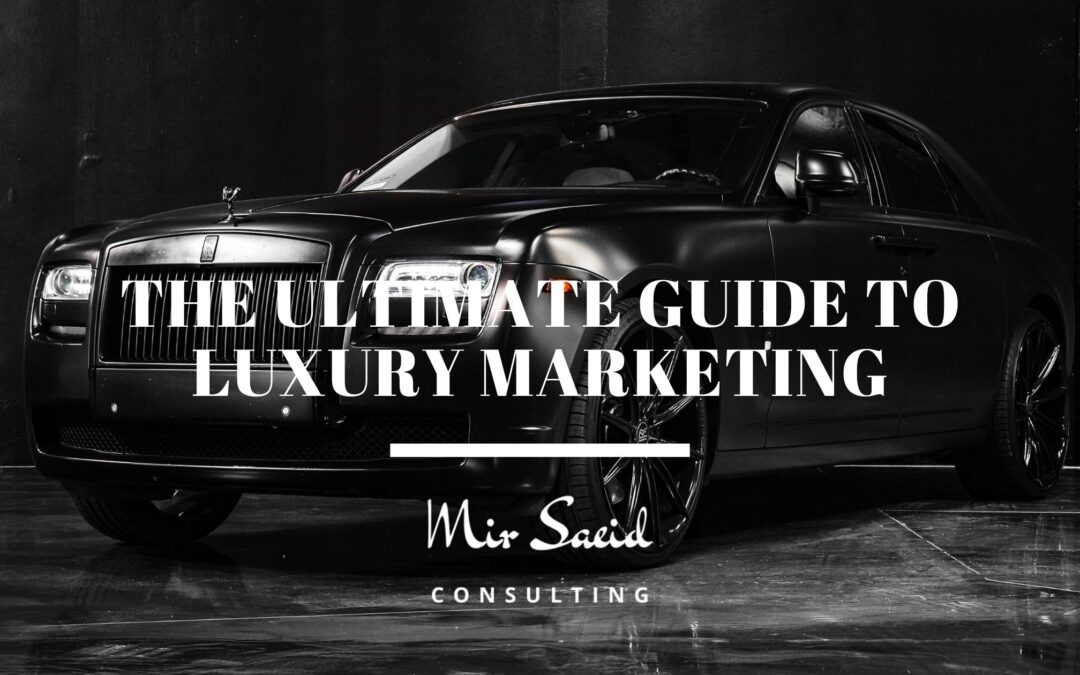
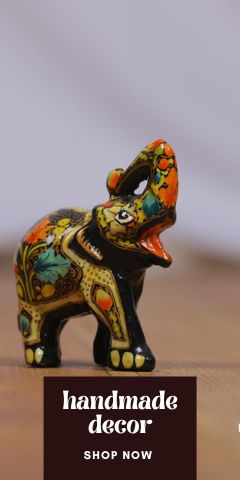
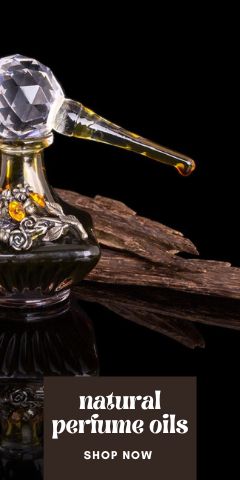





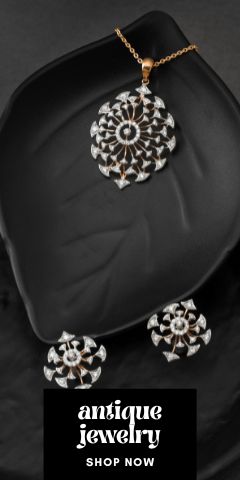

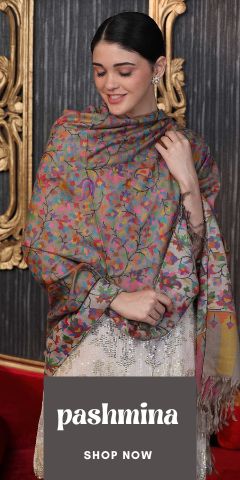
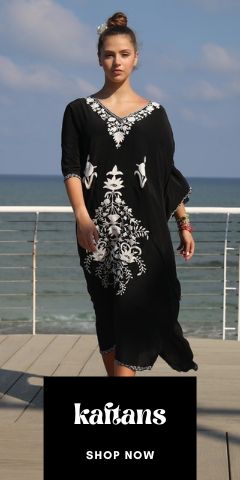

Thank you. I was looking for something as interesting as this.